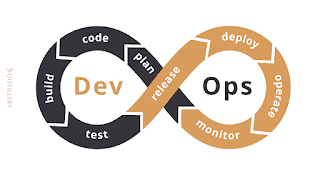Computer Vision
Computer Vision
Computer vision is a branch of artificial intelligence and computer science that focuses on enabling computers to interpret and understand visual information from digital images or video. It seeks to replicate the human visual system by utilizing algorithms and techniques to extract meaningful insights from visual data. By enabling machines to "see" and comprehend the visual world, computer vision has a wide range of applications across various industries.
Here are some key aspects and applications of computer vision:
1. Object Detection and Recognition: Computer vision enables machines to detect and identify objects within images or videos. This has applications in autonomous vehicles, surveillance systems, and object tracking.
2. Image Classification and Recognition: Computer vision algorithms can classify images into predefined categories, enabling applications like facial recognition, content-based image retrieval, and medical image analysis.
3. Image Segmentation: Computer vision techniques allow for the segmentation of images into meaningful regions or objects, which is useful in medical imaging, scene understanding, and video analysis.
4. Pose Estimation: Computer vision algorithms can estimate the pose or position of objects or people within images or videos. This has applications in augmented reality, robotics, and motion capture.
5. Scene Understanding: Computer vision enables machines to understand and interpret complex scenes by analyzing their visual components, such as objects, people, and their relationships. This is essential for autonomous navigation, smart surveillance, and video analytics.
6. Optical Character Recognition (OCR): Computer vision techniques can extract text from images or scanned documents, enabling applications like document digitization, text translation, and text-to-speech conversion.
7. Augmented Reality (AR): Computer vision plays a crucial role in AR applications by overlaying digital information onto the real world. This enables immersive experiences in gaming, education, architecture, and industrial design.
8. Medical Imaging and Diagnosis: Computer vision algorithms assist in medical imaging analysis, aiding in the detection of diseases, tumor segmentation, and assisting radiologists in accurate diagnosis.
9. Robotics and Automation: Computer vision is instrumental in enabling robots to perceive and interact with the physical world. This includes tasks like object manipulation, navigation, and object recognition in industrial automation, logistics, and healthcare.
10. Quality Control and Inspection: Computer vision systems can be used to inspect and identify defects in manufacturing processes, ensuring quality control and minimizing errors.
11. Video Surveillance: Computer vision algorithms can analyze video streams in real-time, enabling intelligent video surveillance systems that can detect suspicious activities, track objects, and recognize faces.
12. Virtual Reality (VR): Computer vision techniques are used to capture and render realistic 3D environments for virtual reality applications, creating immersive experiences in gaming, simulation, and training.
In conclusion, computer vision opens up a world of possibilities by allowing machines to perceive, interpret, and understand visual information. From object recognition and scene understanding to medical imaging and robotics, computer vision technologies are revolutionizing various industries and driving innovation. As the field continues to advance, computer vision has the potential to reshape how we interact with technology and perceive the world around us.




Comments
Post a Comment